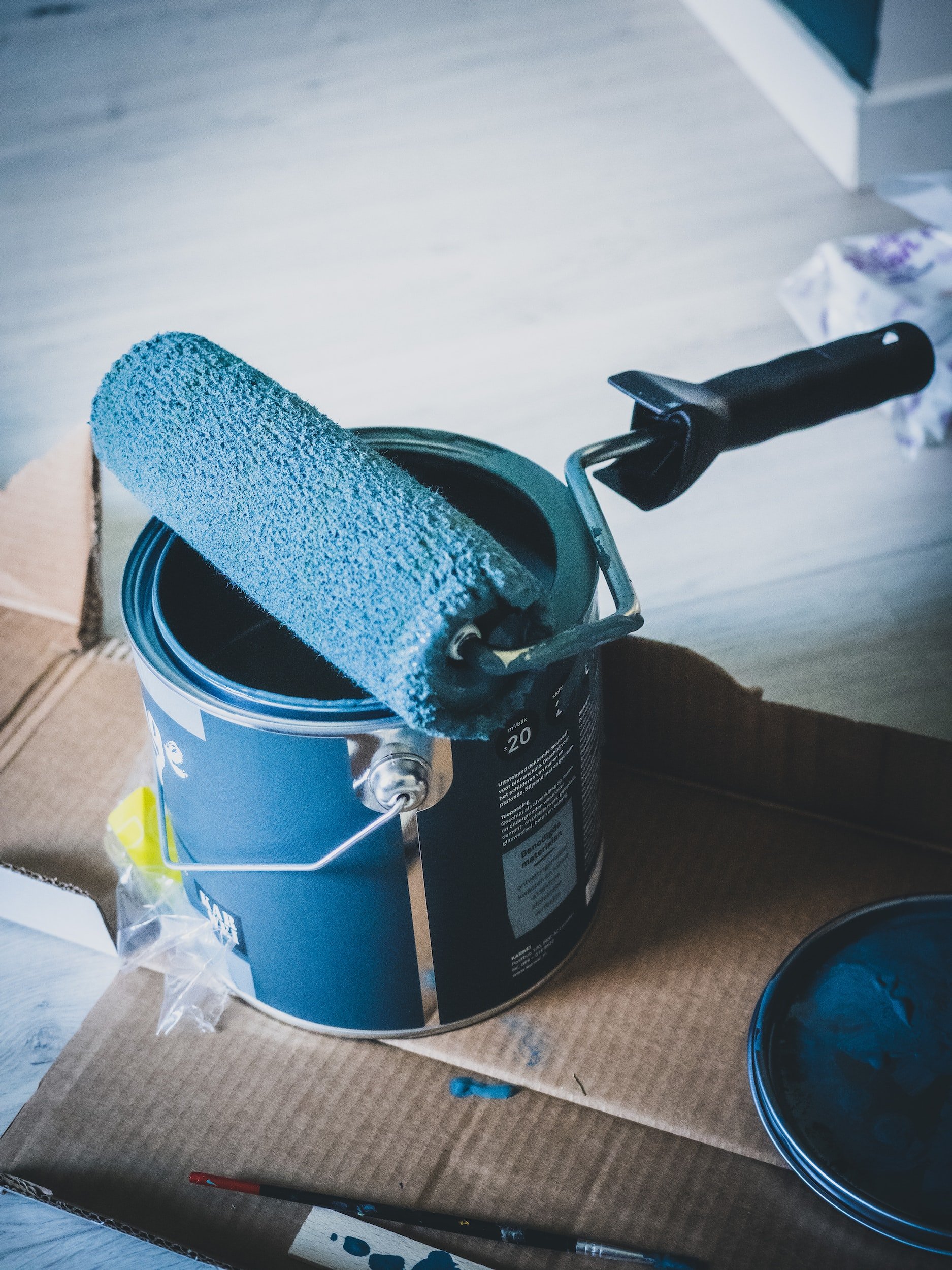MURAL TIP #14 | Keeping your Paintbrushes like New
Maybe you’re familiar with this situation: you’re in the middle of painting a big canvas or wall, you have lots of paintbrushes out, but you’re too ‘in the zone’ to pay attention to your paintbrushes, and all of a sudden you have a lot of hard brushes that make painting even more difficult. I’ve done this maybe five too many times. Oops!
One of the issues you may encounter in mural painting is when your brush or rollers dry out during and after painting. And of course, when your paint brushes dry out, your glide will not be as smooth as before. Trust me, you don’t want to keep purchasing new paintbrushes every time you have an upcoming project.
To save your bucks and maximize the use of your paint brushes, follow these smart tips to keep your brushes from drying out.
Tip 1: Cover the paintbrush in a plastic wrap or sandwich bag.
Make sure that you squeeze out the air before fully closing it. You can also use tape to keep the wrap in place. This can be a little messy so wear your gloves. For rollers, you can take it off the handle or just wrap the roll part with plastic wrap.
Tip 2: Cover your brush with aluminum foil.
Wrap the foil around the entire brush or roller and press the sides to keep it sealed. This helps lock moisture in and keeps the air out. Do the same with your rollers then store them for the next days.
Tip 3: Coating the brush when you Take Breaks
If you need to take little breaks during painting, you can coat your brushes or rollers with thick coat of paint to prevent them from getting dry until you need to use them again.
Most importantly:
To clean your brushes, you can use paint thinner, soap and water, vinegar, or alcohol. Typically soap and water will do the trick but if not, let them sit for an hour or longer depending on how thick their paint coats are. Rinse them properly with hot water and let them dry.
If you’re an artist and interested in creating murals, check out my mural courses HERE, or simply sign up below for my newsletter and to get more tips and tricks sent right to you!
![Haley [Badenhop] Leeper Art + Murals](http://images.squarespace-cdn.com/content/v1/5e0fae87f806fb45852bf868/816f25c5-e94c-4720-8512-41b0bb640871/Haley-BADENHOP-leeper-Logo+3.png?format=1500w)

